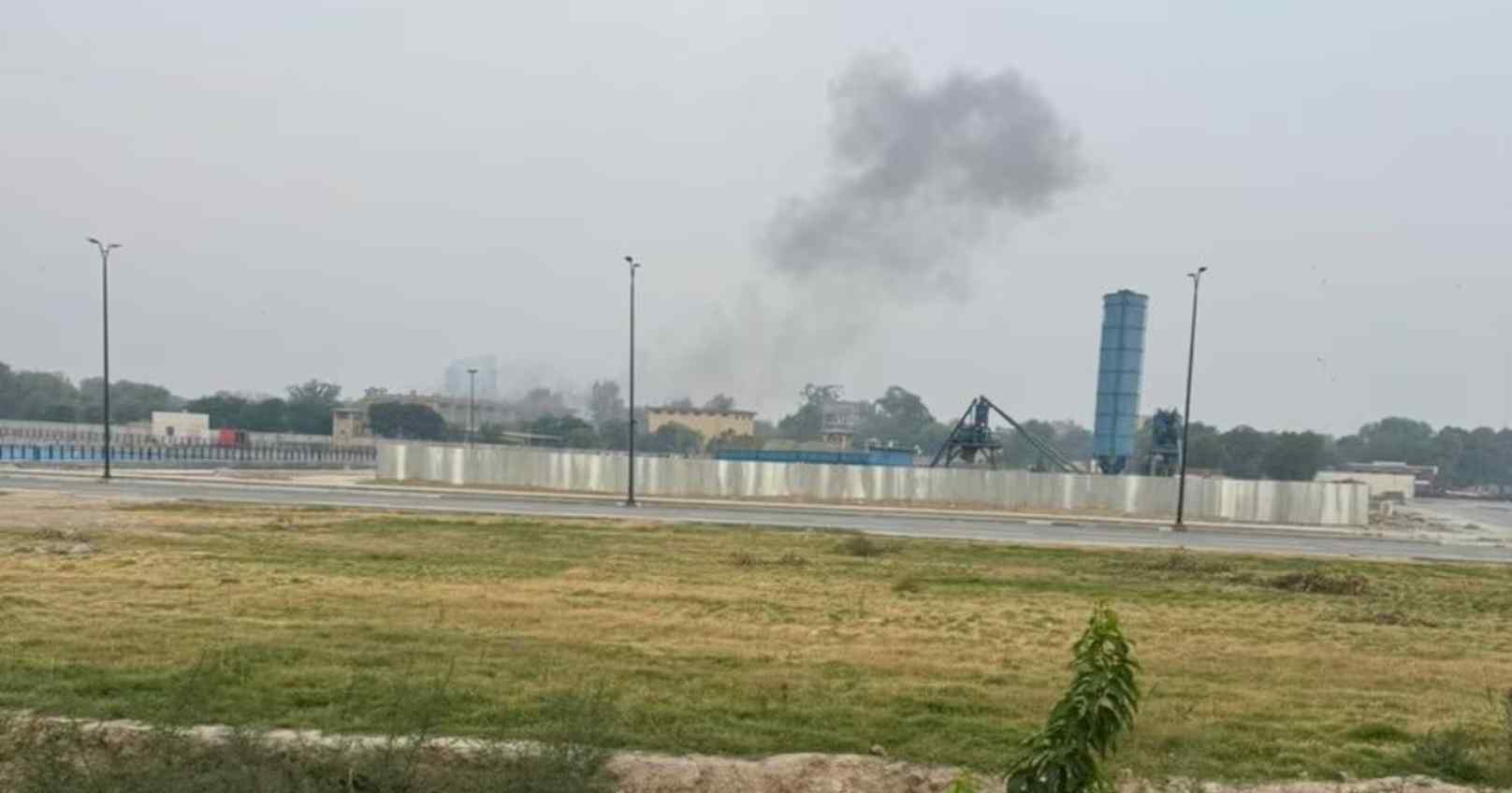In a sharp escalation overnight and into Thursday morning, Pakistan launched a coordinated attempt to target Indian military facilities across 15 cities, including key locations in Jammu & Kashmir, Punjab, and Gujarat. The Indian government confirmed that these aggressive moves were swiftly countered by its armed forces, who not only neutralised the incoming threats but also struck back by disabling Pakistani air defence systems in multiple locations, including Lahore.
According to official sources, the Pakistani military deployed drones and missiles in an attempt to hit bases in cities such as Srinagar, Pathankot, Amritsar, Ludhiana, and Chandigarh. However, India’s air defence swiftly intercepted and destroyed the projectiles. In retaliation, Indian forces took out key radar installations using precision drone strikes — notably deploying HARPY drones — and followed up with targeted fire on missile sites.
India’s Russian-origin S-400 air defence systems played a crucial role in intercepting incoming threats, officials said. The government also noted that debris from intercepted drones and missiles is being examined and will be used to further highlight Pakistan’s role in cross-border terrorism — both in terms of funding and military support.
This latest round of hostilities comes less than 48 hours after India's major military action under Operation Sindoor, which saw coordinated strikes on nine terrorist hubs — four in Pakistan and five in Pakistan-occupied Kashmir (PoK). Conducted early Wednesday morning, the operation involved 24 high-precision munitions, including HAMMER bombs and SCALP missiles, and was completed in just 25 minutes.
Defence Minister Rajnath Singh confirmed Thursday that over 100 militants were neutralised in the strikes, which were launched in response to the April 22 terror attack in Pahalgam that killed 26 civilians. The attack had been carried out by The Resistance Front, a Lashkar-e-Taiba proxy group.
India’s military clarified that Operation Sindoor had focused exclusively on terror infrastructure and avoided Pakistani military installations. The objectives were carefully chosen based on solid intelligence inputs, making the operation effective yet restrained.
Among the key targets was Muridke in Pakistan’s Punjab province — a known base of Lashkar-e-Taiba — and another site linked to Jaish-e-Mohammed, the terror group responsible for the 2019 Pulwama suicide bombing.
Speaking to political leaders in an all-party briefing on Thursday, Rajnath Singh stated that Operation Sindoor was "still underway" and that India’s future military response will depend on Pakistan’s actions. He reiterated New Delhi's position: any attack on Indian assets will result in proportionate retribution.
Meanwhile, the government also flagged Pakistan’s escalating cross-border aggression, noting intensified artillery shelling and mortar fire across multiple sectors along the Line of Control (LoC) — including Kupwara, Baramulla, Uri, Poonch, Mendhar, and Rajouri.
At least 16 civilians, including women and children, have died in the shelling, and one Indian soldier has lost his life. Indian forces remain on high alert but committed to avoiding escalation — provided Pakistan shows similar restraint.







